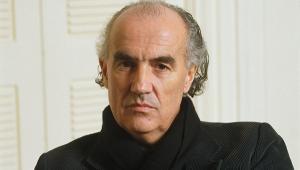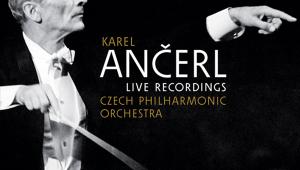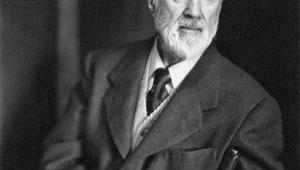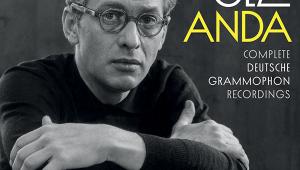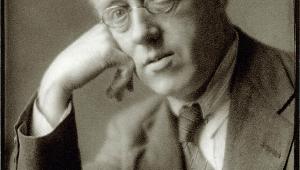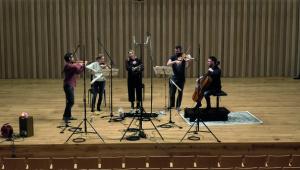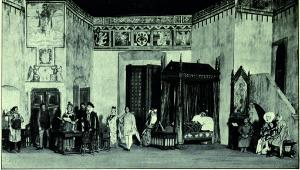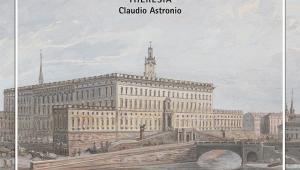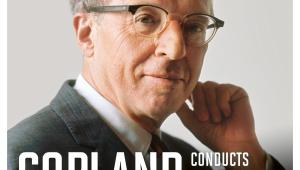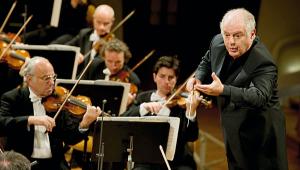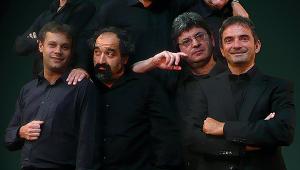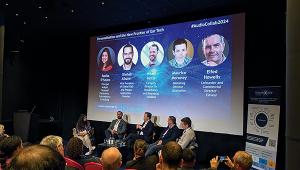Mozart: The Last Three Symphonies
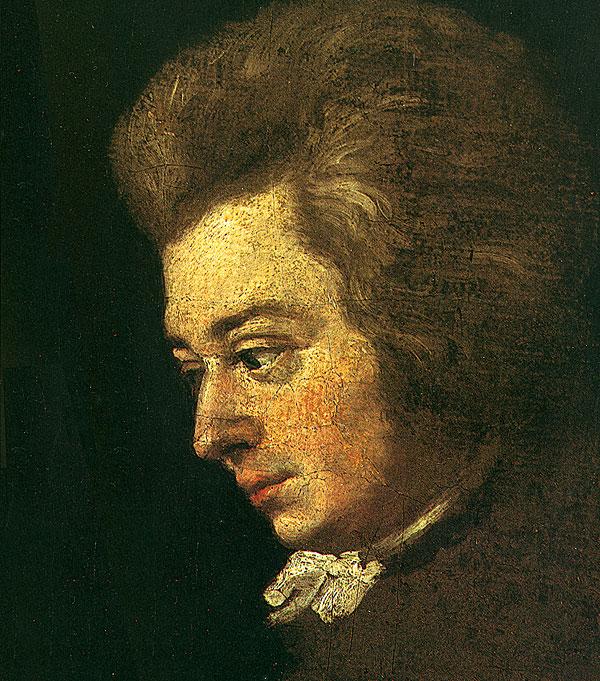
When Nikolaus Harnoncourt's Teldec recording of Schubert's 'Unfinished' Symphony appeared in 1985, his sleeve essay suggested the score was in fact a musical translation of a cathartic event from his youth, (i) concerning his mother's death, and (ii) the subsequent reconciliation with his father, and as such complete.
And with his late recording of Mozart's last three Symphonies, made with his Concentus musicus Wien [Sony 88843026352], he advanced another theory: that the trilogy was intended as a single entity (which he retitled an 'Instrumental Oratorium').
Mozart wrote the music over a six-week period in the summer of 1788: No 39 in E-flat (K543); No 40 in G minor (K550) and No 41 in C (K551), later called the 'Jupiter'. The intention was to present the Symphonies in subscription concerts, but there's no evidence that they were performed at all during the composer's lifetime.
In early February Iván Fischer conducted them with the OAE, with an interval break in the middle of the G minor (!), also allowing applause after every movement. Harnoncourt had argued that the start of No 39 was effectively a French-style overture, the grand contrapuntal ending to No 41 a summation, while claiming the other two works lacked 'proper' finales.
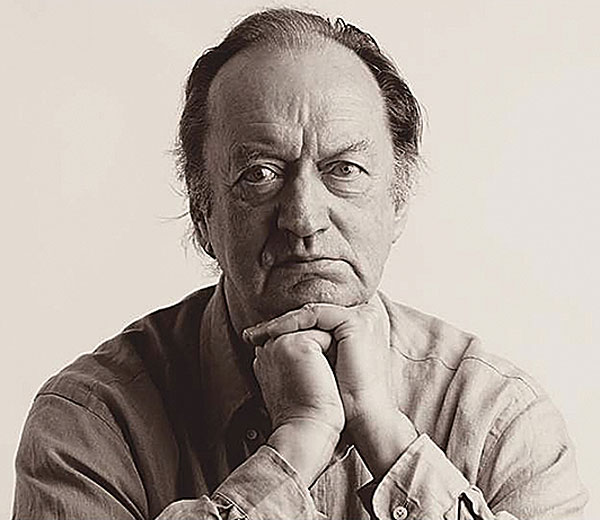
It's probable that a host of interpreters would not have even considered any of this – nor did their recordings come together necessarily. (Karajan's EMI and two DG Berlin LP sets had all three works because he tended periodically to repeat his repertoire on disc.)
What's more interesting to the serious collector are the discography gaps for major figures – no Haitink option, for example, only a live No 38 'Prague'; no Furtwängler 'Jupiter' but a quite remarkable VPO G minor from 1948/9 [Warner Classics 9081192]. He captured perfectly the sense of disturbance by taking the first movement at a proper Molto allegro. Contrast this with the dutiful exposition in Claudio Abbado's 2009 DG version with his Orchestra Mozart [477 9792].
Missing Maestri
When the Royal Festival Hall opened in 1951, two Philharmonia concerts were given. Impresario Walter Legge wanted Szell or Karajan to appear, but finally Otto Klemperer was appointed and scheduled to conduct Elgar's Enigma Variations. He then declined to do this, substituting Mozart's 'Jupiter' Symphony. Legge was sufficiently impressed to negotiate an EMI recording contract and this was the first work done by Klemperer, at Kingsway Hall in Oct-Nov 1954. A fine account and still available on Warner Classics. His earlier (mono) Mozart had generally more vitality than the remakes.
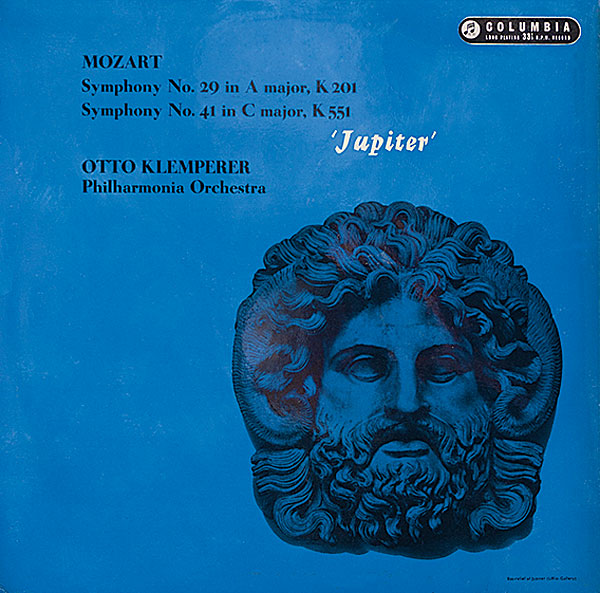
Another well received EMI 'Jupiter' was made by Sir Adrian Boult and the LPO at Abbey Road in Sep/Oct '74, and (unusual for an LP recording at the time) complete with all repeats. It was last in the 11CD Warner set 'From Bach to Wagner', which may now be hard to find as it's mostly listed as 'unavailable'. And in my Georg Solti Classical Companion [HFN Mar '20] I recommended his COE coupling of Nos 40 and 41, but now you'd need to find this as a secondhand CD.
It's the same story, alas, with Sir Colin Davis's Dresden Staatskapelle recordings. They were admirably done for Philips, in co-production with VEB, in the conductor's measured, big-orchestra style – I admired the great dignity of those early '80s readings.
You can, at least, download both the VPO and earlier Berlin Philharmonic versions made by Karl Böhm for DG. Slow speeds again, especially in the minuets, but a not dissimilar musical integrity.
I remember the shock of hearing Sir Charles Mackerras in his 1991 Prague/Telarc complete cycle opening No 39 in a brisk and far from measured style. And those minuets were very fast indeed. In 2007 he made new recordings for Linn with the Scottish Chamber Orchestra – no harpsichord continuo this time round – and Nos 38-41 are available in SACD format [see 'Essential Recordings' boxout].
The following year Trevor Pinnock recorded the complete Symphonies for Archiv with his English Concert [471 6662]. Reasonably priced, this is an 11CD box, but you could download the limited Nos 39-41 at 44.1kHz/16-bit for just £13 [Presto Classical] – and you'd get period instrument performances with the warmth and affection of Bruno Walter– amenable tempi for those three Allegretto minuets too…
As to Walter himself, his 'Indian Summer' set of Mozart's last six Symphonies with the hand-picked Columbia SO (we once had lovely LP pressings) Sony re-released at the end of last year as downloads, from MP3 up to 192kHz/24-bit resolution [G01000 40942846].
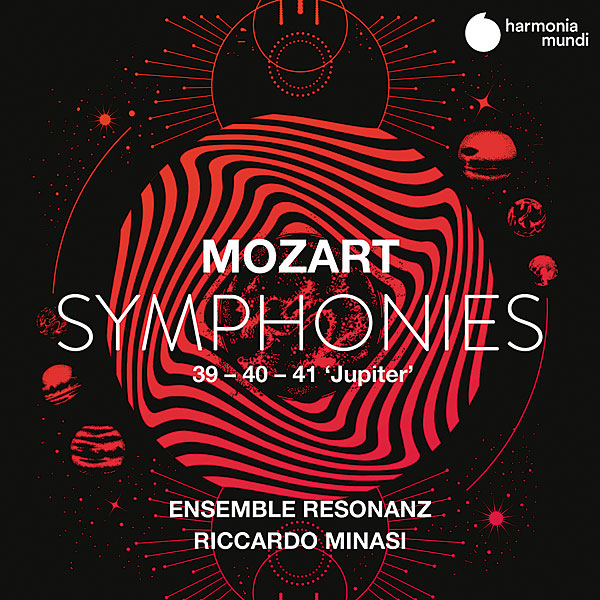
Again, it's downloads only for the 1984 Abbey Road recordings Sir Neville Marriner made for EMI with his St Martin's Academy [Warner Classics 5008362; 44.1kHz/16-bit] – you get Nos 35-41. Here, we have traditional Mozart performance but with a smallish orchestra.
From around that time EMI also recorded the complete cycle with Jeffrey Tate and the ECO, and with the Warner reissues it's all or nothing: 12CDs/CD quality downloads without booklet [984 6382]. I found these versions to respect rather than to enjoy.
Grazed By Graz
A brand new Harmonia Mundi release from Riccardo Minasi and the Ensemble Resonanz [HMM90262630] suggests you can have your cake and eat it. That is to say, while 'historically aware', the performances are thrillingly dramatic with a feeling of fresh discovery. The sound from a Hamburg studio has matching immediacy.
Readers interested in the early history of recordings of these three works should read Peter Gutmann's analysis at www.classicalnotes.net, where Sir Thomas Beecham, he says, sits in the 'pantheon of Mozart advocates' especially with his prewar London Philharmonic Orchestra 78s.
And what of that Harnoncourt 'Instrumental Oratorium'? Well, at the time of writing you could see the whole thing on the Internet, from a 2014 Graz concert, where he dives straight into No 40 just as No 39 ends and creates (as on the Sony CDs) a grating, driven sound with eccentric rallentandos to make things even more ungainly.
There was an earlier period, when he did these works with the COE, and that was a less extreme, very finely played set – fortunately, it is still current [see below]. As are his Amsterdam Concertgebouw recordings from 1982/83.


